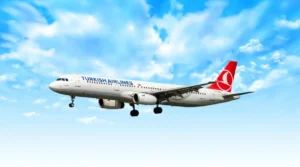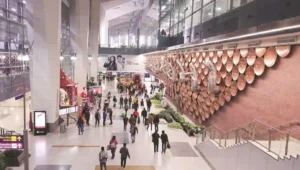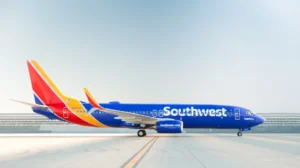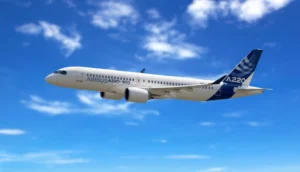Aviation Safety Concerns Prompt Attention to Air Traffic Controller Fatigue
Efforts to mitigate fatigue among air traffic controllers, who manage thousands of flights daily in the U.S., are gaining momentum as safety officials highlight potential risks to airline operations.
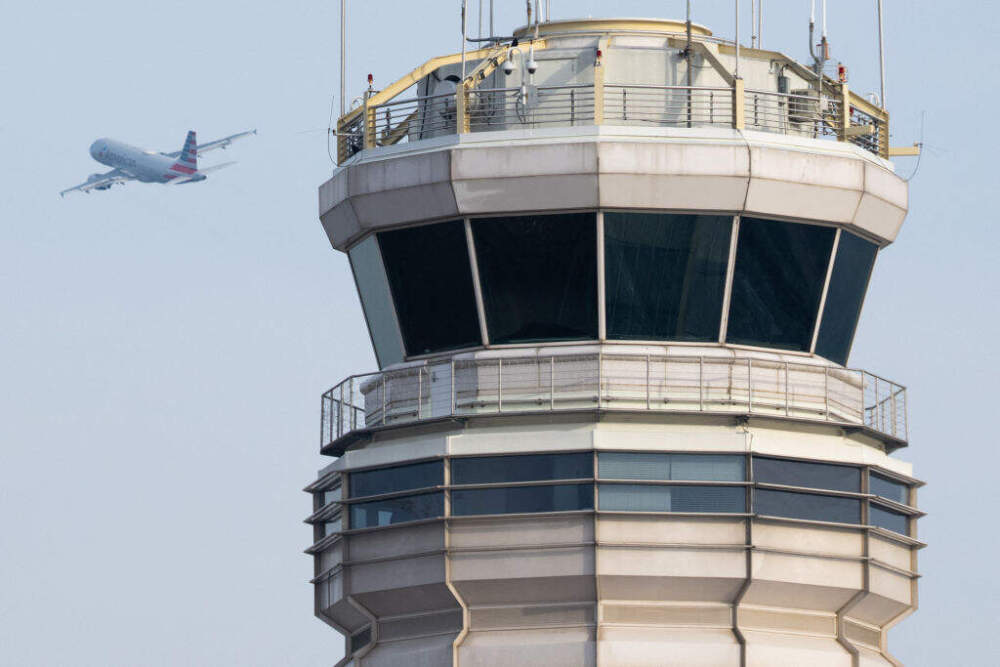
Image Source: www.wbur.org
The Federal Aviation Administration (FAA) recently issued a directive mandating minimum rest periods for air traffic controllers between shifts. This directive requires a break of at least 10 hours for normal shifts and 12 hours for overnight shifts.
Michael Whitaker, the FAA administrator, stated that these changes mark an initial step in addressing fatigue among controllers, with further long-term measures in progress.
Both government aviation safety leaders and industry stakeholders have been scrutinizing air traffic control risks following a series of close calls at airports last year.
One recent incident involved an air traffic controller at Ronald Reagan Washington National Airport instructing a jet to cross a runway while another aircraft was taking off. The FAA is investigating the incident, including any potential role of fatigue.

Over the past decade, the number of fully trained FAA staffers has declined, raising concerns among officials at the National Transportation Safety Board.
In a recent study, the FAA identified ongoing fatigue-related vulnerabilities despite existing policies and tools aimed at addressing the issue. The report warned that without further changes, risks would continue to escalate.
During briefings, Whitaker noted that controllers consistently raised fatigue as a concern during his visits to various facilities. He emphasized that current scheduling practices pose fatigue risks, even with sufficient staffing levels.
The FAA’s report recommends eliminating a shift schedule known as the “rattler,” which involves five shifts over four days followed by approximately three days off due to associated fatigue risks.
Additionally, the report suggests implementing a better scheduling tool that considers fatigue risks when assigning work and standardizing lighting in facilities to help controllers remain alert.
While the National Air Traffic Controllers Association commended the FAA’s focus on fatigue, it expressed concerns about the implications of the changes discussed by Whitaker.
Whitaker acknowledged the FAA’s overall understaffing for controllers, attributing it to challenges stemming from the COVID-19 pandemic and past government shutdowns. He reiterated the agency’s efforts to ramp up hiring and meet recruitment goals.

